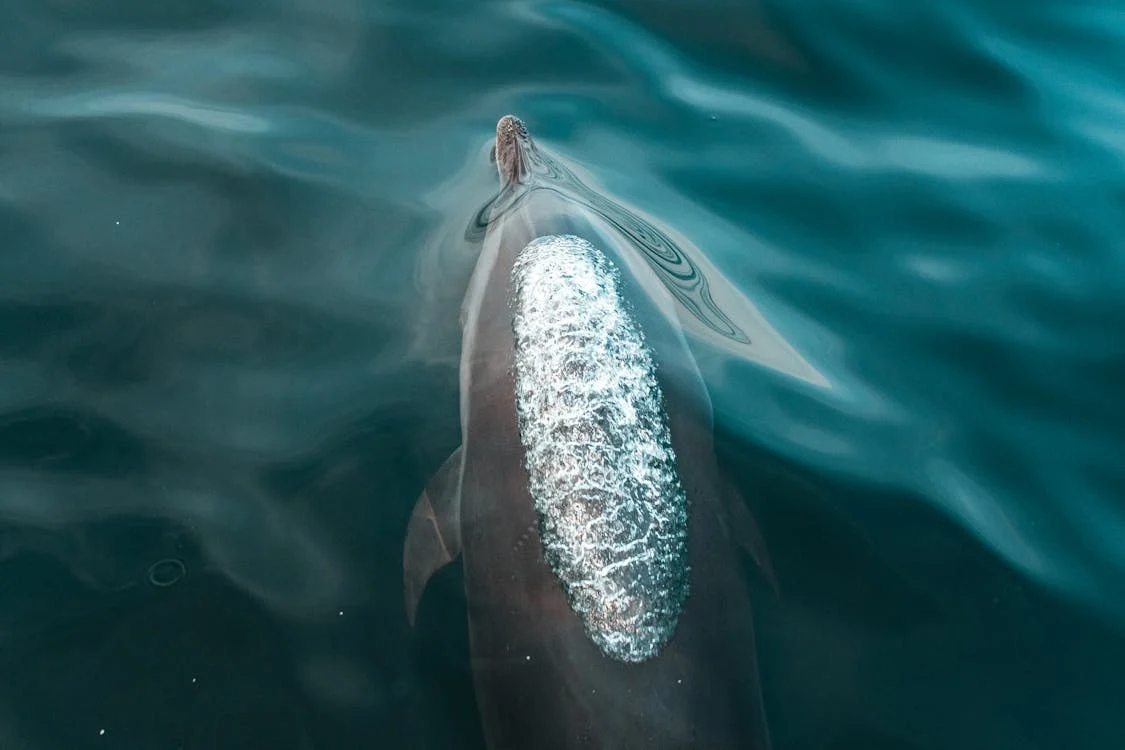Dolphins are among the most intelligent and beloved animals on the planet, known for their playful nature and complex social behaviors. However, their populations face significant challenges due to environmental threats such as pollution, climate change, and overfishing. To help preserve these incredible marine creatures, dolphin breeding programs have been established worldwide, focusing on conservation, research, and public education.
The Role of Dolphin Breeding Programs
Dolphin breeding programs are a critical part of marine conservation efforts. They are designed to create sustainable dolphin populations in controlled environments, like marine parks and aquariums, which serve as hubs for both research and public engagement. These programs provide safe and supportive environments for dolphins, allowing them to thrive and reproduce without the constant threats they face in the wild, such as pollution, habitat destruction, and accidental bycatch in commercial fishing.
One of the primary goals of breeding programs is to ensure genetic diversity. Maintaining a healthy genetic pool is essential for the long-term survival of any species, and dolphins are no exception. By managing breeding among dolphins from different populations and backgrounds, experts can prevent inbreeding, which can lead to genetic disorders and weaken overall population health.
Conservation and Education
While breeding programs play a direct role in maintaining dolphin populations, they also serve a greater purpose in raising awareness about marine conservation. Many people are introduced to dolphins through educational programs at aquariums, where they learn about the challenges dolphins face in the wild. These programs inspire a sense of responsibility toward marine ecosystems and can motivate people to support conservation initiatives, adopt eco-friendly practices, and advocate for policies that protect marine life.
Dolphin breeding programs are also essential in providing valuable insights into dolphin behavior, physiology, and reproduction. In a controlled environment, scientists can study dolphins more closely than they could in the wild, gaining information that contributes to the conservation of wild populations. For instance, research into dolphin communication, social structures, and health helps marine biologists understand how to protect dolphins in their natural habitats.
Addressing Ethical Concerns
Although dolphin breeding programs offer many benefits, they are not without controversy. Critics argue that keeping dolphins in captivity can be harmful to their physical and psychological well-being. Dolphins are highly intelligent animals with complex social needs, and life in captivity can sometimes lead to stress, abnormal behaviors, and reduced life expectancy compared to their wild counterparts.
To address these concerns, many modern breeding programs follow strict guidelines to ensure the welfare of dolphins in their care. These programs aim to provide large, enriched environments that allow dolphins to engage in natural behaviors, as well as offer opportunities for social interaction with other dolphins. Additionally, there has been a growing focus on creating environments that simulate the dolphins’ natural habitat as closely as possible.
Some programs also participate in “release into the wild” initiatives, where dolphins born or rehabilitated in captivity are trained to survive in the wild and eventually released into suitable marine environments. However, reintroduction programs are highly complex, as dolphins raised in captivity may lack the skills needed to thrive in the wild.
Breeding Programs and Marine Biodiversity
Dolphin breeding programs are not just about protecting dolphins; they play a broader role in maintaining marine biodiversity. Dolphins are often referred to as “sentinel species,” meaning their health reflects the overall health of the marine ecosystem. By studying and protecting dolphin populations, scientists can gain insights into broader environmental issues that affect other marine species, such as coral reef degradation, water pollution, and fish stock depletion.
Furthermore, successful breeding programs can help create a sustainable population of dolphins that are less reliant on wild capture. This reduces the pressure on wild dolphin populations and allows them to recover from human activities that have harmed their numbers.
Looking Ahead: The Future of Dolphin Conservation
The future of dolphin conservation will likely be a combination of breeding programs, habitat protection, and public engagement. While dolphin breeding programs are an important tool in the fight to preserve these incredible creatures, efforts must also focus on protecting their natural habitats. Initiatives like marine protected areas, stricter regulations on fishing, and global efforts to combat climate change are all essential in safeguarding the oceans that dolphins call home.
In conclusion, dolphin breeding programs are a crucial component of marine conservation, offering a controlled environment for breeding, research, and public education. When implemented ethically and responsibly, these programs can help ensure the survival of dolphin populations while also fostering a deeper connection between humans and the marine world. The preservation of dolphins is not just about saving a single species—it’s about protecting the delicate balance of life in our oceans for future generations.

